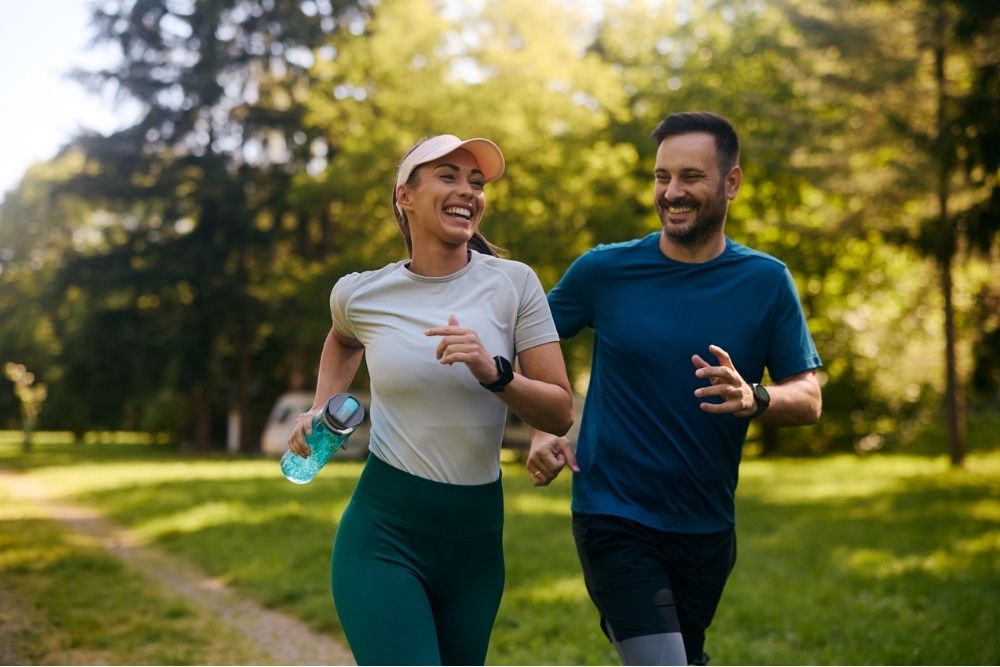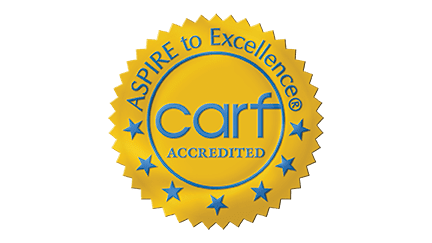When you’re in recovery, you’re doing so much more than just quitting drugs or alcohol—you’re learning how to live again. That means finding new ways to cope with stress, manage cravings, and lift your mood without turning to substances. One of the most powerful tools you can add to your recovery toolbox is also one of the simplest: exercise.
You don’t have to run marathons or spend hours in the gym to reap the benefits. Even small amounts of movement can have a big impact on how you feel physically, mentally, and emotionally.
The Science Behind Movement and Mental Health
It’s not just a feel-good idea. There’s real science behind the benefits of exercise in addiction recovery. A study published by the American Psychological Association found that physical activity can boost your brain health. Many experts agree that regular exercise can be just as effective as antidepressant medications when it comes to treating anxiety and mood disorders.
When you exercise, your brain releases a cascade of chemicals that naturally lift your mood—endorphins, dopamine, serotonin, and norepinephrine. These “feel-good” neurotransmitters help reduce stress and promote a sense of well-being, which can be incredibly helpful when you’re dealing with triggers or cravings.
How Exercise Reduces Cravings
Cravings often show up when you’re feeling stressed, bored, lonely, or overwhelmed. They’re a way your brain tries to escape discomfort and return to what used to feel familiar or numbing—drugs or alcohol.
Exercise steps in as a healthier alternative by:
- Distracting your mind. Focusing on a physical activity—even just walking—can redirect your attention away from the craving.
- Easing withdrawal symptoms. Movement helps reduce tension, headaches, and sleep issues, which are common in early recovery.
- Regulating brain chemistry. Regular activity helps restore your brain’s reward system, which can become unbalanced due to substance use.
- Providing structure and routine. Adding exercise to your day gives you purpose and reduces idle time, which can be a major trigger.
Instead of sitting with the urge to use, you give your body something positive to do—and your brain something positive to focus on.
Exercise Boosts Confidence and Self-Worth
Struggling with addiction and mental health can leave you feeling defeated, ashamed, and disconnected from your body. Exercise helps rebuild that relationship. When you move your body, you start to remember what it’s capable of. You gain strength—physically and emotionally.
You may start to notice your energy improving, your clothes fitting better, or your posture straightening. More importantly, you begin to feel proud of yourself. Every step, lift, or stretch becomes proof that you’re showing up for yourself—and that’s something to celebrate.
Over time, exercise can help you develop greater self-discipline, self-trust, and self-love. These aren’t just emotional perks; they’re essential ingredients for long-term recovery.
Types of Exercise to Consider
The best type of exercise is the one you’ll enjoy and stick with. You don’t need fancy equipment or a gym membership to get started. Here are some accessible options to explore:
- Walking. It’s free, low-impact, and easy to do anywhere. A brisk 30-minute walk can boost your mood, reduce anxiety, and help clear your head when cravings creep in.
- Yoga. Yoga is especially beneficial in recovery because it connects movement with breath, promoting mindfulness and inner calm. It also helps release physical tension and trauma stored in the body.
- Strength training. Lifting weights—or using resistance bands or bodyweight exercises—can help you feel stronger and more empowered. It’s a great way to channel stress into something productive.
- Dancing. Put on your favorite music and move. Whether you’re alone in your room or a dance class, dancing is a joyful, heart-pumping way to boost your mood.
- Swimming. If you have access to a pool, swimming offers a full-body workout that’s easy on your joints and incredibly refreshing—especially if you live in a warm climate.
- Cycling. Riding a bike (indoor or outdoor) gives you a good cardio workout while letting you explore your surroundings or just zone out to music.
- Group classes. Zumba, Pilates, kickboxing, or spin classes can provide community, motivation, and structure—especially helpful when you’re building new routines in recovery.
How to Start Exercising and Stick With It
If exercise hasn’t been part of your life before, starting can feel intimidating. Here’s how to ease into it:
- Start small. Even 10 minutes a day can make a difference.
- Make it enjoyable. Choose activities you like, not ones you dread.
- Set realistic goals. Focus on consistency, not intensity.
- Celebrate wins. Give yourself credit for showing up, even on tough days.
- Listen to your body. Rest when you need to. This isn’t about punishment—it’s about care.
A Healthier Way Forward
At Pacific Sky Recovery Center in Bellevue, WA, our outpatient services are rooted in evidence-based care and enhanced by holistic, personalized treatment methods. We understand that recovery is about healing the whole person—body, mind, and spirit. Incorporating movement into your daily life is one of the most empowering choices you can make. Not only does it help reduce cravings and balance your emotions, but it also reconnects you with your strength, your purpose, and your potential.











